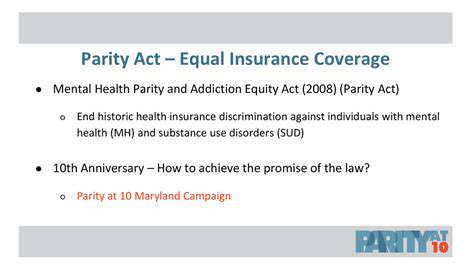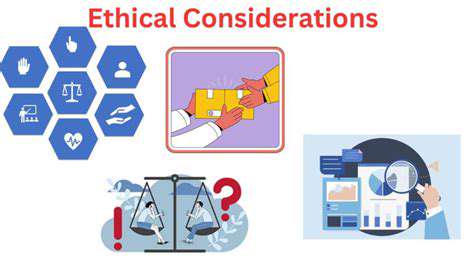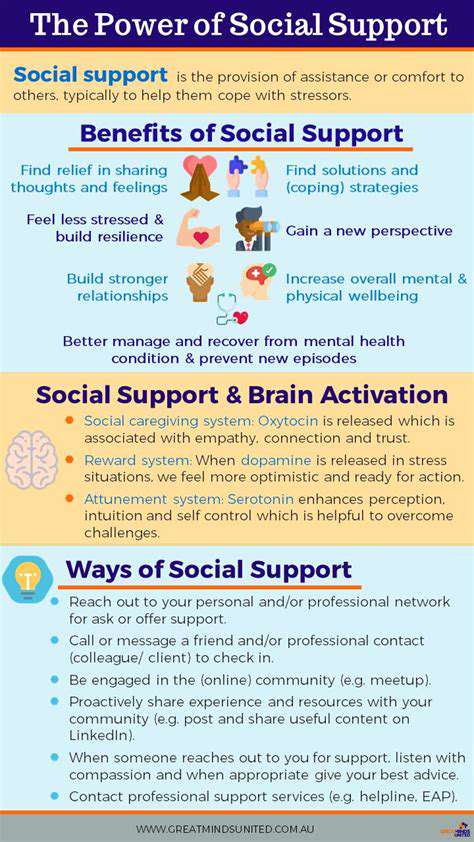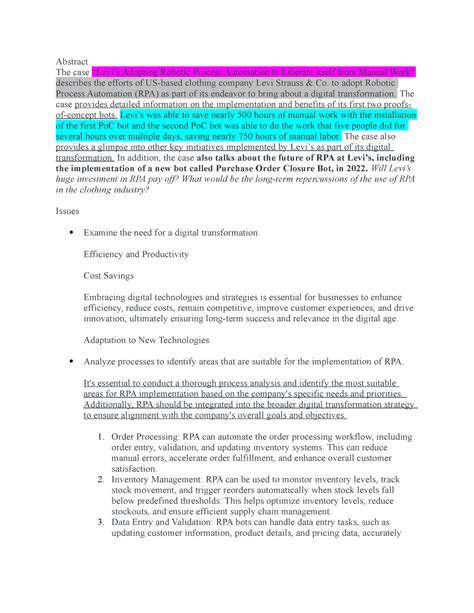The Global Push for Mental Health Parity
Understanding the Core Principles of Mental Health Parity
The concept of mental health parity, essentially ensuring equal coverage for mental health conditions as for physical health conditions, is a cornerstone of the push for improved mental healthcare access. This principle aims to remove the financial barriers that often prevent individuals from seeking necessary mental health services. It acknowledges the equal importance of mental and physical well-being and the potential for significant health disparities if one is prioritized over the other. This parity is crucial for individuals to receive timely and effective treatment, leading to improved overall health and well-being.
Achieving this parity, however, is not a simple matter of a checkbox. It requires a nuanced understanding of the different types of mental health conditions, the varying needs of individuals, and the complexities of the healthcare system itself. This understanding must be reflected in insurance policies and healthcare practices.
The Impact of Parity on Access to Care
Mental health parity laws have demonstrably improved access to mental healthcare. More individuals now have the financial means to seek professional help, leading to reduced stigma and increased treatment rates. This increased access can significantly impact individuals' lives, empowering them to manage their mental health effectively and leading to fewer instances of severe mental health crises.
The ripple effect of increased access extends beyond the individual, affecting communities and economies. Reduced mental health crises often mean less strain on emergency services, improved educational outcomes for children, and greater productivity in the workplace. Furthermore, early intervention and treatment can prevent more severe and chronic conditions, reducing the need for extensive, costly long-term care.
Legislative Efforts and Policy Changes
Numerous legislative efforts have been instrumental in driving the push for mental health parity. These policies have aimed to standardize coverage for mental health services across various insurance plans, thus ensuring a more equitable system. These efforts have frequently involved pushing back against discriminatory practices in insurance coverage, advocating for better access to mental health services, and challenging the historical underfunding and stigma associated with mental illness.
The ongoing evolution of these policies reflects a growing recognition of the urgent need for comprehensive mental health support systems. This dynamic landscape underscores the importance of continued advocacy and adaptation to ensure the most effective and equitable mental health care for all.
The Role of Insurance Companies in Advancing Parity
Insurance companies play a pivotal role in the implementation and enforcement of mental health parity laws. Their responsibility extends beyond simply complying with the regulations; it involves actively promoting mental well-being through their coverage options and partnerships with mental health providers. This active participation is crucial to the success of parity initiatives.
Transparency and clear communication regarding mental health benefits are essential for consumers. Insurance companies must provide readily accessible information about coverage options to ensure individuals are aware of their rights and responsibilities.
The Evolution of Mental Health Treatments and Services
The field of mental health treatment is constantly evolving, with new therapies and approaches emerging regularly. Parity initiatives must adapt to these advancements to ensure that beneficiaries have access to the latest and most effective treatments. This includes recognizing and covering innovative therapies like mindfulness-based stress reduction or transcranial magnetic stimulation.
Addressing the Stigma Associated with Mental Illness
A significant hurdle in the pursuit of mental health parity is the persistent stigma surrounding mental illness. This stigma often prevents individuals from seeking help, perpetuating negative stereotypes and reinforcing the perception of mental health conditions as a personal failing. Parity efforts must be complemented by broader societal initiatives that promote understanding and acceptance of mental illness.
Public awareness campaigns, education in schools and communities, and initiatives to de-stigmatize mental health are essential components of the larger push for parity.
The Future of Mental Health Parity: Challenges and Opportunities
The future of mental health parity is characterized by ongoing challenges and exciting opportunities. One key challenge is the continued need for effective advocacy to push for parity in various sectors, including rural healthcare access and specific populations with unique mental health needs. Understanding the intersection between mental and physical health needs is crucial for designing comprehensive care models.
The future also holds opportunities for innovation in mental health care delivery, such as teletherapy and mobile mental health applications. These advancements, paired with continued advocacy and policy development, promise to improve access and affordability for mental health services in the years to come.
Insurance Coverage and the Crucial Role of Parity Legislation

Understanding Insurance Coverage
Insurance coverage is a critical component of financial security, providing a safety net against unforeseen events. It protects individuals and businesses from substantial financial losses arising from various risks, such as accidents, illnesses, property damage, and liability claims. Understanding the specifics of your insurance policies is paramount to ensuring that you are adequately protected.
Different types of insurance policies, like health, auto, homeowners, and life insurance, serve distinct purposes. Each policy is designed to mitigate particular risks and offer compensation for specific damages or losses. This allows individuals and organizations to maintain stability and financial well-being.
Factors Influencing Insurance Premiums
Several factors significantly influence the cost of insurance premiums. These include the type of coverage sought, the risk profile of the insured, and the geographic location. For instance, areas with higher crime rates or natural disaster risks typically have higher premiums.
The insured's driving record or medical history can also impact premiums. A history of accidents or pre-existing conditions might lead to higher premiums as the insurance company assesses a higher risk profile.
Essential Components of a Comprehensive Policy
A comprehensive insurance policy should include a clear outline of covered events, exclusions, and the claims process. This allows policyholders to understand exactly what is and isn't protected under the agreement.
Understanding the limits of coverage and deductibles is essential for informed decision-making. Knowing these parameters helps policyholders anticipate potential out-of-pocket expenses and plan accordingly.
Reviewing and Updating Insurance Policies
Regularly reviewing and updating insurance policies is crucial to ensure they align with evolving needs and circumstances. Changes in life stages, such as marriage, childbirth, or relocation, can significantly impact the necessary coverage.
Updating your policy ensures that your coverage remains appropriate and relevant to your current situation. This proactive approach minimizes financial vulnerabilities and maintains a robust safety net.
Claims Filing and Processing
Navigating the claims process can be complex. Familiarizing yourself with the procedures and deadlines outlined in your policy is critical for a smooth and efficient claims resolution.
Understanding the documentation requirements and communicating clearly with your insurer are key to successful claims filing. Thorough preparation minimizes potential delays and ensures a swift resolution to your claim.
Coverage for Specific Risks
Different types of insurance policies offer various coverage options for specific risks. For example, homeowners insurance provides protection against property damage from fire, theft, or natural disasters.
Health insurance covers medical expenses related to illnesses or injuries. Understanding the specifics of your coverage for different events is crucial to knowing what your plan will cover.
Insurance as a Risk Management Tool
Insurance plays a vital role in risk management, helping individuals and businesses mitigate financial vulnerabilities. It allows for a proactive approach to potential losses by providing compensation for unforeseen circumstances.
Insurance acts as a safety net, offering peace of mind and the financial security required to handle unexpected occurrences. This proactive approach helps maintain stability and allows for more efficient planning in various aspects of life.
The building envelope is the exterior shell of a structure, encompassing everything from the roof and walls to the windows and doors. It acts as a critical barrier, separating the interior environment from the external elements. Properly designed and maintained, the building envelope significantly impacts the energy efficiency of a structure, influencing heating and cooling loads, and ultimately, reducing operating costs.
Read more about The Global Push for Mental Health Parity
Hot Recommendations
- Customized Sleep Schedules: AI Driven for Sustainable Rest
- Crafting a Personalized Productivity Plan for Mental Clarity
- Sustainable Self Compassion: Cultivating Kindness Towards Your Mind
- Sustainable Productivity Hacks for the Busy Professional
- Sustainable Wellness for Parents: Balancing Family and Self Care
- Data Informed Self Care: Designing Your Personalized Wellness Strategy
- Sustainable Wellness for a Purpose Driven Life
- AI Assisted Mindfulness: Personalized Meditations for Deeper Practice
- Building Inclusive Mental Health Services: Key Initiatives
- AI Powered Self Care: Customizing Your Routine for Maximum Impact











